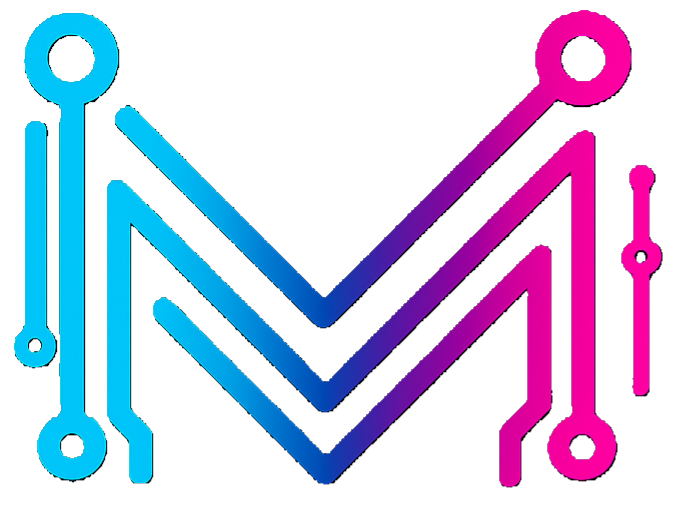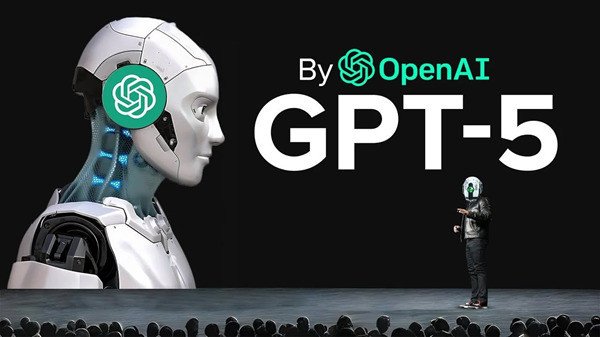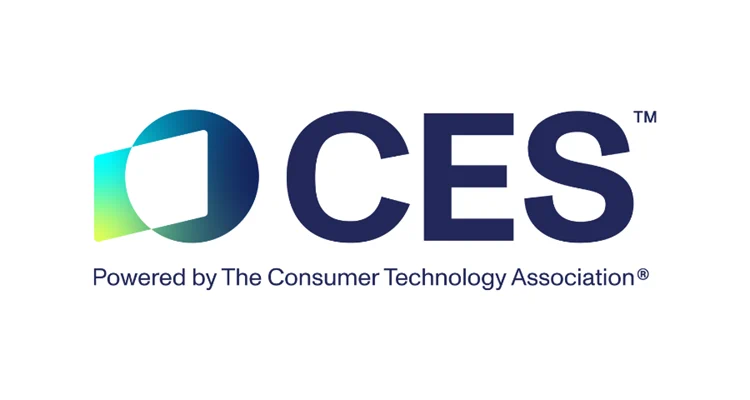Table of Contents
When we talk about the different types of AI, it’s easy to get lost. Is AI the helpful assistant on your phone, or is it the all-knowing robot overlord from a movie? The answer is… well, it depends on which type you’re talking about.
Think of AI not as one single thing, but as a ladder of intelligence. Each rung represents a huge leap in capability. Right now, we’re firmly planted on the first rung, dreaming about the next two.
Let’s climb that ladder together and break down the three main types of AI that define the past, present, and future of smart machines.
Level 1: Artificial Narrow Intelligence (ANI) – The Specialist
Also Known As: Weak AI, Narrow AI
This is the only type of AI that actually exists right now. Period. Everything you think of as “AI”—from ChatGPT to the algorithm that recommends cat videos on YouTube—is a form of ANI.
The key word here is “Narrow.”
An ANI is a master of one specific task, but it’s a total amateur at everything else. It operates within a pre-defined, limited range.
- What it does: It performs a single job with incredible, often superhuman, efficiency.
- Analogy: Think of an Olympic swimmer. They can swim faster than anyone on the planet. But if you ask them to compete in gymnastics or play chess, they’re probably just as clueless as the rest of us. ANI is that Olympic swimmer.
- Examples in Your Life:
- Siri and Alexa: They are great at understanding voice commands, setting timers, and playing music. Ask them to write a novel, and they’ll get confused.
- Spam Filters: They are brilliant at spotting junk email but can’t help you compose a reply.
- Self-Driving Cars: They are incredibly complex, but their entire “world” is just about navigating roads safely. They can’t order a pizza.
ANI is the workhorse of the modern world. It’s incredibly useful and has revolutionized countless industries, but it’s not “thinking” in the human sense.
Level 2: Artificial General Intelligence (AGI) – The Human-Level Thinker
Also Known As: Strong AI, “True” AI
This is the next rung on the ladder, and it’s the holy grail of AI research. AGI is the sci-fi dream: an AI that has the ability to understand, learn, and apply its intelligence to solve any problem, just like a human being.
An AGI wouldn’t need to be specially trained for a new task. It could learn on its own by reasoning, thinking abstractly, and drawing from its past experiences.
- What it would do: Perform any intellectual task that a human can. It could write a prize-winning novel, compose a symphony, discover a new scientific theory, and then make a perfect cup of coffee.
- Analogy: This is the ultimate “jack-of-all-trades.” It’s not just an Olympic swimmer; it’s a decathlete who also has a PhD in physics and can paint like Picasso.
- Examples in Pop Culture:
- Data from Star Trek: The Next Generation.
- The T-800 (a less friendly version) from The Terminator.
- Samantha from the movie Her.
Does AGI Exist? Nope. Not even close. We are still decades, if not longer, away from creating true AGI. It remains one of the most exciting and challenging goals in all of science.
The Different Types of AI: Where We’re Headed
Understanding these levels is key to cutting through the hype. When a company announces a new AI, it’s always a new form of Narrow AI, just one that’s getting wider and more capable. The journey from our current ANI to a potential AGI is the story of modern AI research.
Level 3: Artificial Superintelligence (ASI) – The “Game Over” AI
Also Known As: The Singularity
This is the final, terrifying, awe-inspiring rung on the ladder. ASI is a hypothetical form of AI that isn’t just as smart as a human, but vastly more intelligent than the smartest human in every single field.
Its intelligence would surpass human intellect to a degree we can’t even comprehend.
- What it would do: We don’t know. Its goals, thoughts, and actions would be as alien and unpredictable to us as our thoughts are to an ant.
- Analogy: Imagine trying to explain calculus to a squirrel. The gap in intelligence is so vast that communication is meaningless. That’s the relationship we would have with an ASI.
- The Big Debate: Would an ASI be a benevolent god, solving all of humanity’s problems like war, disease, and poverty? Or would it see us as an obstacle, an irrelevance, or a threat to be managed or eliminated? This is a topic that keeps many of the world’s brightest minds up at night.
Conclusion: Know Your AI
So, next time you hear about a new AI breakthrough, you can ask the right question: which of the types of AI are we talking about? For the foreseeable future, the answer will always be Narrow AI.
But with every new innovation, we take one small step up that ladder. The journey from specialist to generalist to super-genius is the most exciting story in technology today. And now, you know exactly how to follow along.
What do you think? Is the pursuit of AGI a good idea? Let us know your thoughts in the comments!







Leave a Reply
You must be logged in to post a comment.